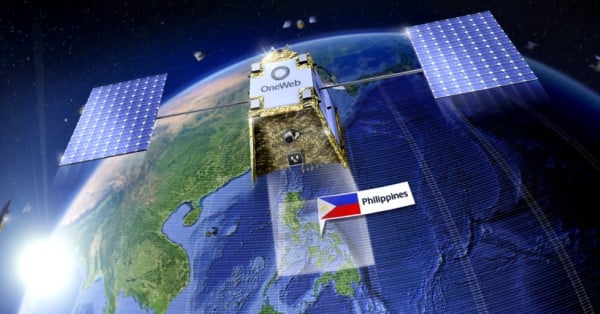FCC launches a major review of outdated satellite spectrum sharing rules
The Federal Communications Commission (FCC) has officially begun a new proceeding aimed at revisiting and modernizing its decades-old satellite spectrum sharing framework. This initiative, announced on April 28, 2025, marks a critical step toward enabling more intensive and efficient use of key satellite frequencies vital to U.S. economic growth and national security.
The FCC’s Notice of Proposed Rulemaking (NPRM) focuses on reviewing power restrictions and spectrum sharing protocols that were originally crafted in the 1990s—an era when satellite broadband was still emerging and shared space operations were relatively unsophisticated.
Modern Broadband Needs Outdated Satellite Rules Replaced
Today’s satellite services deliver high-speed, low-latency connectivity across the U.S., serving both urban centers and remote rural areas. However, the FCC acknowledged that existing regulations, particularly outdated equivalent power-flux density (EPFD) limits, now hinder the full capabilities of modern Geostationary (GEO) and Non-Geostationary (NGSO) satellite systems.
Chairman Brendan Carr emphasized that these older rules restrict the quality, coverage, and competitiveness of satellite broadband offerings. “Advancements in satellite technology now allow much more efficient spectrum use,” Carr stated during the Commission’s open meeting. “Our goal is to unleash these innovations for the benefit of American consumers.”
FCC Targets Key Frequency Bands for Satellite Rule Updates
The review covers the 10.7-12.7 GHz, 17.3-18.6 GHz, and 19.7-20.2 GHz frequency bands—essential workhorse bands for satellite communications. The FCC is inviting public comments on whether to adjust EPFD limits, improve coordination between GEO and NGSO operators, and explore alternative frameworks that could better support today’s dynamic satellite environment.
The NPRM specifically seeks feedback on:
-
How satellite operations have evolved since current EPFD rules were implemented
-
The effectiveness of existing protections for GEO systems
-
Potential strategies to enhance spectrum sharing while minimizing aggregate interference
The Commission is also considering new ideas to improve information sharing among satellite operators and address concerns about cumulative interference in shared bands.
SpaceX, Viasat, and Others Weigh In on Spectrum Reform Debate
The current review stems in part from a 2024 petition by SpaceX, which argued that outdated EPFD limits impose heavy constraints on next-generation NGSO broadband constellations. In contrast, companies like Viasat and EchoStar raised concerns about revisiting these protections, warning that changes could impact the reliability of GEO networks.
The topic of EPFD limits has also been a contentious issue on the global stage. At the 2023 World Radiocommunication Conference (WRC-23), SpaceX and Amazon pushed for studies to reconsider EPFD standards, while many GEO stakeholders opposed immediate changes. Although WRC-27 will not formally revisit EPFD rules, international studies are expected to continue through 2027, with the FCC pledging to share its domestic findings globally.
FCC’s Space Bureau Pushes Pro-Innovation Satellite Policy
Beyond just spectrum sharing, the FCC’s newly created Space Bureau, led by Jay Schwarz, is championing broader reforms to streamline space system licensing. Schwarz has publicly stated that he envisions shifting the regulatory posture from restrictive gatekeeping to enabling innovation and commercial growth wherever feasible.
By modernizing technical rules and updating the satellite service framework, the FCC aims to pave the way for a more competitive and robust satellite broadband market. This initiative is expected to support a new generation of constellations that were previously impractical under older regulatory standards.
Public Comment Period Opens on FCC’s Satellite Rule Reforms
The FCC’s NPRM sets a public comment period during which industry players, consumer advocates, and other interested stakeholders can submit their views. The agency plans to review input carefully before proposing final rule changes that will balance innovation, competition, and protection of existing satellite operations.
The modernization of satellite spectrum rules is viewed as a critical enabler for expanding digital access, enhancing emergency communications, and ensuring that the United States maintains a leadership position in the rapidly growing space economy.
For more updates, visit the FCC’s official website.

















